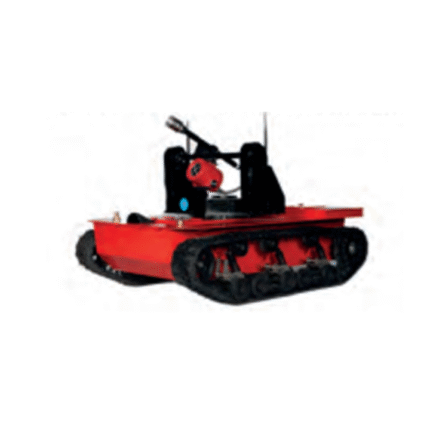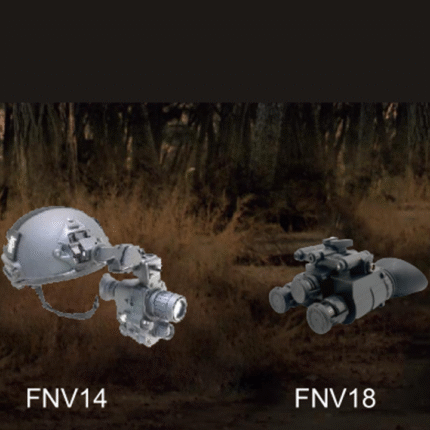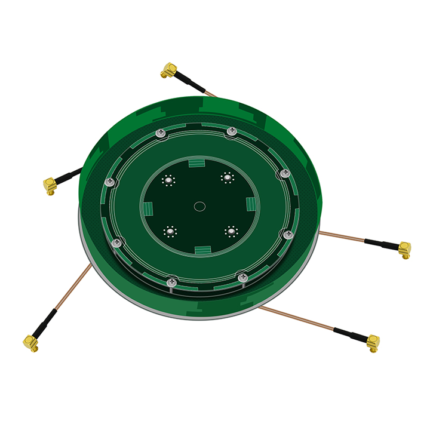Unmanned System Products
Showing 568–576 of 1254 results
Fire-fighting robot
The upper part is equipped with water cannon devices, life detection devices, etc. It can remotely detect signs of life and carry out fire-fighting tasks in the target area. It can be used for fire scene investigation, fire rescue, public security protection, chemical industry and other fields. This product can be equipped with other mission systems according to application requirements to meet the unmanned operation needs of other military-civil dual-use scenarios.
Flow Measurement Drone
The Flow Measurement Drone is a specialized UAV designed for accurate water velocity and discharge measurement in rivers, canals, and reservoirs. It integrates an acoustic Doppler current profiler (ADCP) with high-precision positioning systems, enabling efficient data collection across large water bodies without the need for traditional boats or bridges. The drone's autonomous flight planning allows for systematic transect surveys, while its real-time data processing capabilities generate comprehensive flow reports for hydrological monitoring, flood forecasting, and water resource management.
FNV-16 Thermal&nightvision fusion monocular
It is a electronic monocular used for observation,equipped with both night vision and thermal cameras.During day and night,it present high quality image with not only prominent target but
also rich details of surrounding environment. It is very useful tools for searching/scanning/confirming target.
It is lightweight and small size,easy to carry and hold,can be used as single hand monocular. It can also be used as scope or goggle with accessories.
It can work at extreme condition like high-low temperature, high humidity and heavy rain. It is robust,reliable and ergonomic,very easy to use like a hammer.
FNV14/18Fused Night Vision Binocular
FNV14/18 can realize infrared and microlight imaging. By coupling the microlight night vision image and infrared thermal imaging image, the user is able to observe the microlight and infrared imaging image through the eyepiece at the same time, maximizing the combination of the advantages of the two systems, enhancing the microlight night vision goggles to observe the use of the effect of the detection and observation of the target to get a great deal of improvement in the ability to detect and observe. The product is suitable for night operation observation, can carry out close equipment operation, reading, maintenance, but also for night terrain, features, light vehicles and other distant targets to implement observation.
Full Function Radio Altimeter MMK-4
The MMK-4 altimeter is a full-function radio altimeter that meets aerospace standards; serving as a key component for longitudinal altitude channel control, it can be widely applied in cruise missiles and aircraft to measure altitude relative to the sea or ground. The MMK-4 adopts linear modulation coefficient technology adaptive to height changes and echo signal narrow-band receiving technology to enhance the product’s resistance to active interference, uses coherent local oscillator mixing to achieve superior performance in resisting co-frequency asynchronous interference, employs echo signal spectrum front detection technology to improve tracking accuracy, and follows the design principles of serialization, standardization, and modularization—endowing it with good product inheritance, maturity, and reliability.









